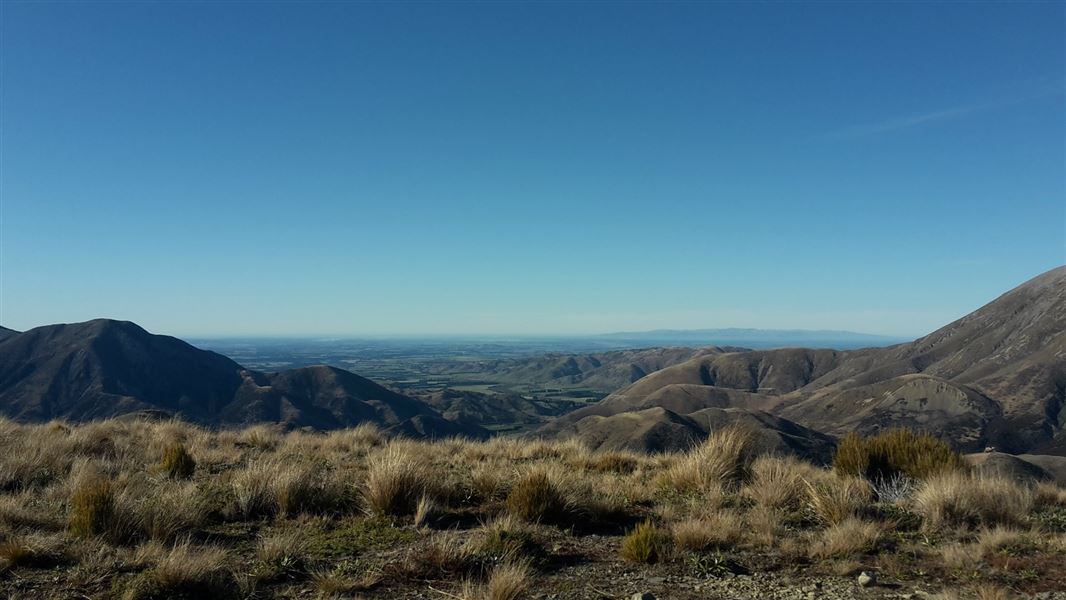
Located in the Canterbury region
Introduction
Centred on the Torlesse and Big Ben ranges, in Canterbury’s high country, the park attracts trampers, hunters, winter climbers and cross-country skiers, picnickers, boaties and botanists.Travellers on SH73 between Christchurch and the West Coast gain an increasingly panoramic view of the park as they approach Porters Pass.
Korowai/Torlesse Tussocklands Park is a key site for the promotion and protection of eastern South Island high country landscapes and ecosystems.